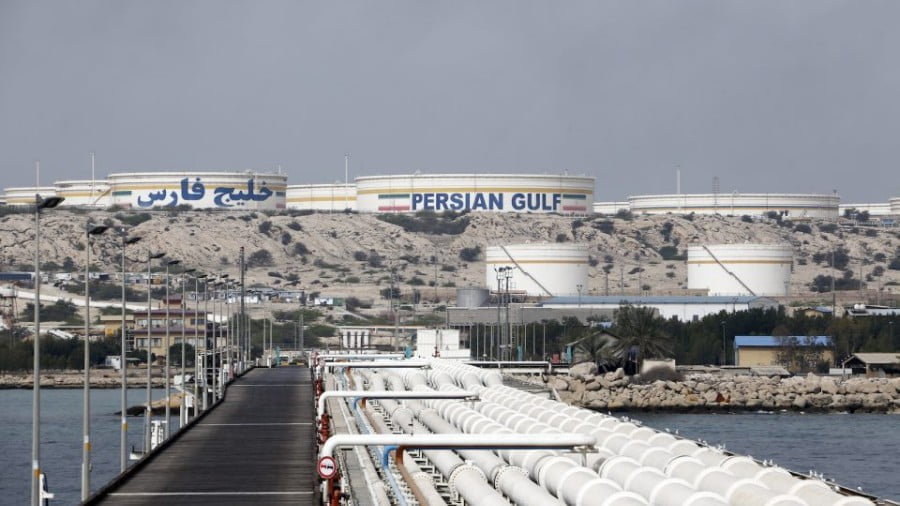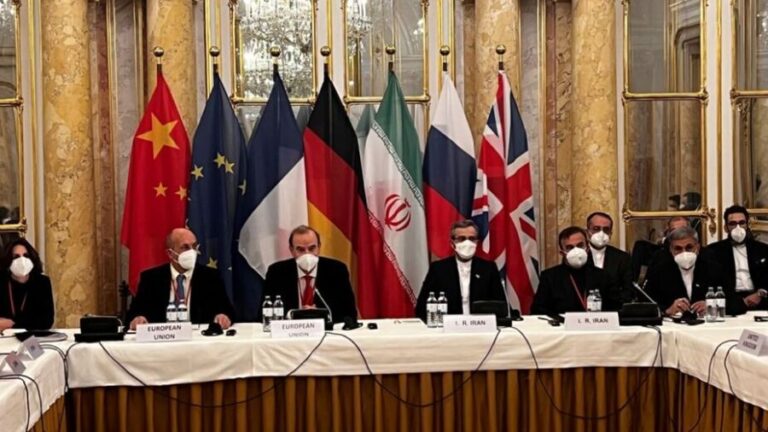China Shows Its Green Roots On Road to Contradictions
Modern China has been built on a series of “contradictions.” At last month’s 19th National Congress of the Communist Party, the Beijing administration identified a new “principal contradiction” which, in the framework of Sinicized Marxism, defines each period of the Middle Kingdom’s fast-evolving social development.
Every Chinese Communist Party member knows by heart that during the Mao Zedong era the principal contradiction was between the proletariat and the bourgeoisie, as in outright class struggle.
During Little Helmsman Deng Xiaoping’s era of reforms, the principal contradiction was between the “material and cultural needs of the people” versus “backward social production.”
Now, with the CCP largely solving the problem of “backward social production”, President Xi Jinping has framed the new principal contradiction “between unbalanced and inadequate development and the people’s ever-growing needs for a better life.”
And that includes, in Xi’s own words, “demands for democracy, the rule of law, fairness and justice, security and a better environment.”
Essentially, that means an economic boom on its own is no longer enough for China. What is needed is “well-rounded human development and all-round social progress” managed, of course, by the CCP.
China is at pains to stress it has become a responsible player when it comes to the environment. French President Emmanuel Macron never wastes an opportunity to stress how much he appreciates the country’s stance on climate change.
Urbanization rolled out at breakneck speed, coupled with ecologically correct policies, has been the hallmark of an ultra-competitive industrial China 2.0.
Beijing is quite serious on imposing stricter regulations to rationalize the nation’s industrial landscape. That, of course, is hardly surprising when 20% of agricultural land and 90% of subterranean water have been polluted to different degrees.
For example, the Yangtze, known historically as the “blue river”, turned red near Chongqin in southwest China. Strict anti-pollution rules now apply for new industries and businesses.
In urban areas, state-owned companies have done well in selling land and rebuilding state of the art factories, as cities tend to fuse with industrial zones in selected clusters.
State incentives have certainly helped finance ultra-modern and eco-friendly factories. In parallel, turbo-charged investment from private enterprise has triggered new developments related to the digital economy.
Simultaneously, Beijing is targeting an upgrade of the real estate market and the environment. Then there are projections that by 2027, China could be the global leader on research and development when it comes to eco-friendly vehicles.
China officially wants to replace 40% of its current automotive fleet with eco-friendly trucks and cars in less than 15 years.
Starting in 2019, there will be progressive quotas in terms of sales of electric or hybrid vehicles, initially at 8%. If a brand does not reach the quota, it will be forced to pay heavy fines or buy carbon credits from competitors.
The new policy, of course, will boost the manufacture of de-carbonized vehicles, which is part of the Made in China 2025 initiative. For five years now, state subsidies have boosted the sector and helped fund extensive battery charging networks.
https://youtu.be/WTlAPQ5YJak
Chinese auto brand Geely recently launched the all electric Volvo Polestar model. Great Wall Motors, BAIC and BYD, or “Build Your Dreams”, are also heavily involved in hybrid and electric vehicles.
An electric SUV sales boom is all but inevitable in the next five years as green vehicles start to dominate China’s highways and cities. BYD has even invested US$1 billion in R&D to set up an electric monorail in Ningxia province.
Naturally, major foreign companies are desperate to get a slice of this market. Volkswagen, which sold 10.3 million cars in the country last year, plans to launch 30 different new energy models by 2025 with the help of it local partners.
In cooperation with Chinese Zotye Auto, Ford has invested €650 million on a new line of 100% rechargeable small cars, which should be in sales rooms next year.
Renault-Nissan has also joined forces with Dongfeng to build an electric low-cost model. And Tesla now faces stiff competition from electric start-up Nio, which happens to be backed by the online Chinese behemoth Tencent.
Nio’s first mass-produced model, the ES8, was launched at the weekend. It costs around $67,765, compared to $126,470 for Tesla Model X. The ES8 is made to order, customizable and comes with an artificial intelligence system. It can be ordered through an app and the battery-charging plan costs only $181 a month.
Last year, only 500,000 electric cars were manufactured in China, which was about 2% of the total automotive market. The potential, though, is huge.
Indeed, it is highly probable that China will start exporting EVs on masse. In soft power terms that is bound to solidify the country’s green credentials.
This would set an example not only for the Global South but for the whole planet. Once upon a time “principal contradictions” had to deal with bicycles. Now it has all gone electric.
By Pepe Escobar
Source: Asia Times







